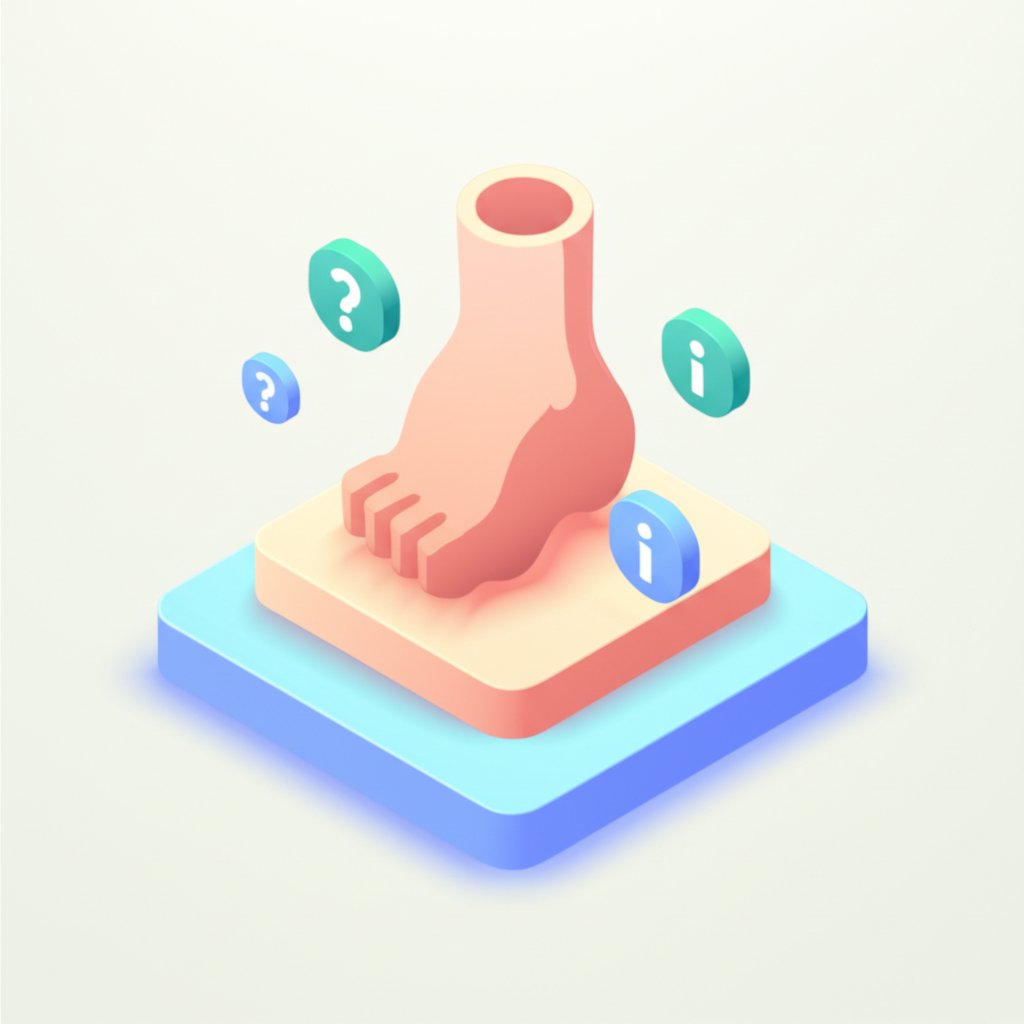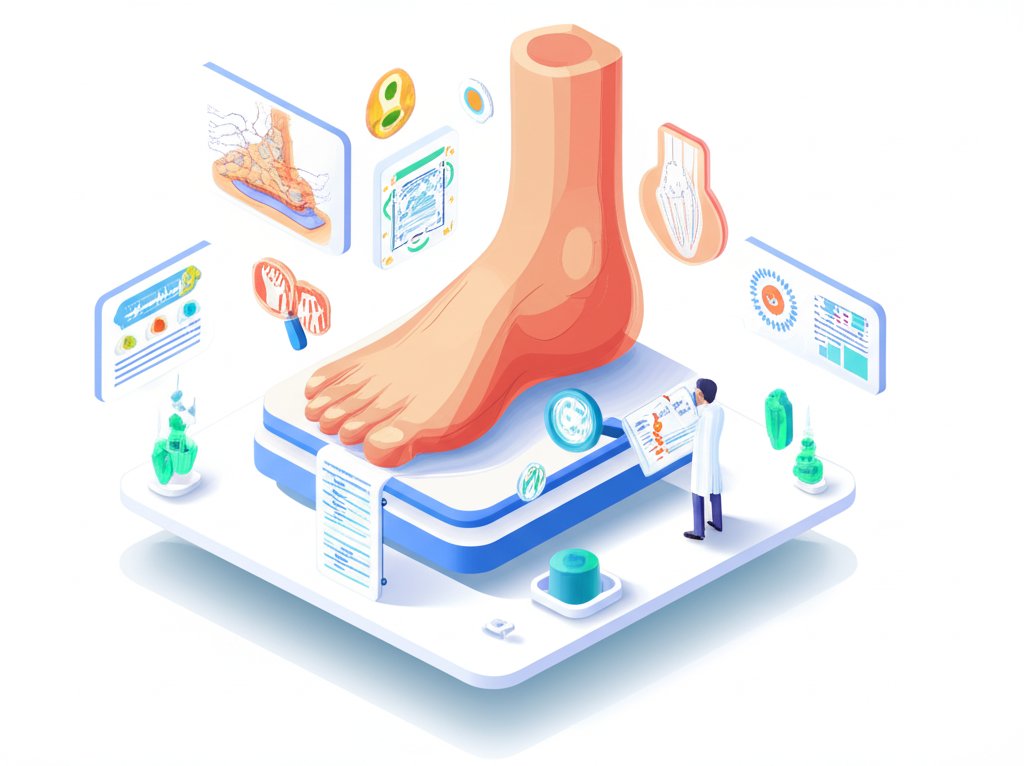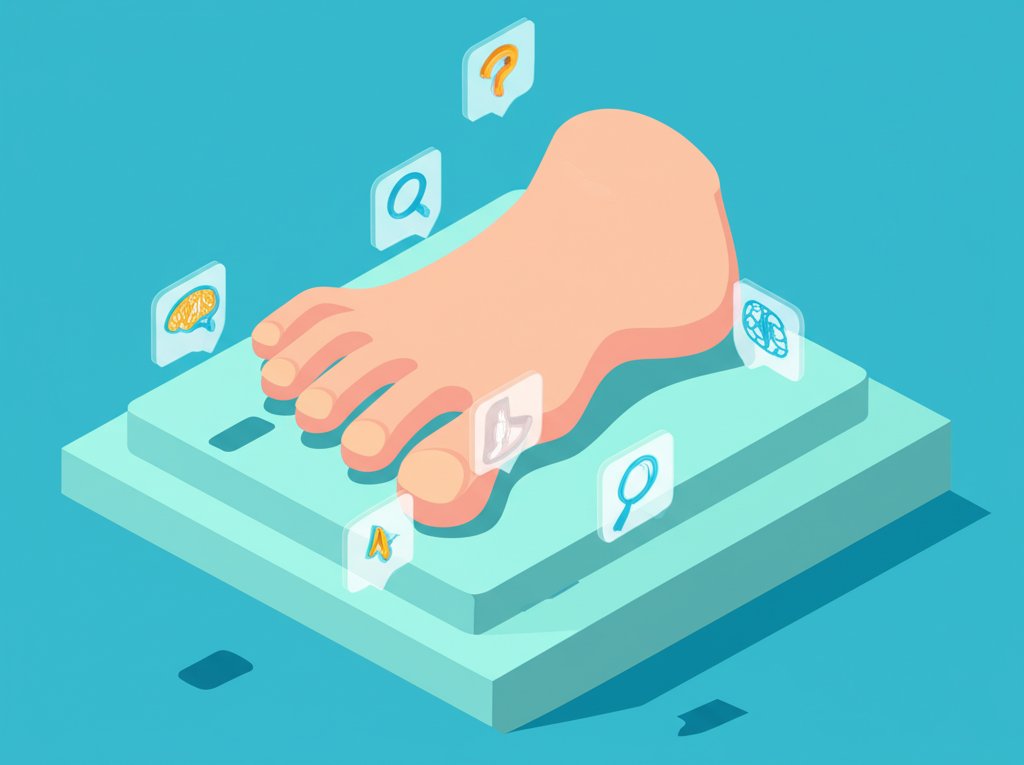Are your toes just… there? Think again! For every trivia enthusiast seeking a topic as unique as it is intriguing, prepare to step into the extraordinary world beneath your feet. This article is your ultimate guide, packed with shocking facts and interesting toe facts that will transform your perception of these often-overlooked digits. From their pivotal role in human evolution to bizarre medical conditions and their surprising cultural impact, get ready to dive deep into toe trivia that will leave you astounded and eager to share.
We’re about to uncover why toes are far more complex, functional, and historically significant than you ever imagined. So, kick off your shoes and prepare to be enlightened about the unsung heroes of your locomotion!
The Astonishing Anatomy of Your Toes

Often taken for granted, the intricate design of your toes is a marvel of biomechanics. Understanding their structure is the first step in appreciating their incredible utility.
A Skeletal Marvel: Bones and Joints
Each of your toes is a complex arrangement of small bones called phalanges. While you might assume they’re all uniform, there’s a fascinating difference:
The Hidden Network: Muscles, Nerves, and Blood Supply
Beyond the bones, toes are teeming with life-sustaining networks. Muscles, both intrinsic (within the foot) and extrinsic (originating in the lower leg), control movement, allowing for precise actions like gripping and pushing off.
The incredible sensitivity of your toes comes from a dense concentration of nerve endings. This is why stubbing your big toe can send such a jolt of pain through your entire body – it’s packed with sensory receptors designed to alert you to potential harm and provide detailed feedback about the ground you’re walking on. A rich blood supply ensures these hardworking digits receive the oxygen and nutrients they need.
More Than Just Wiggling: The Purpose of Toes
Your toes are not merely decorative appendages. They play several critical roles in your daily life:
A Walk Through Time: The Evolution and History of Toes
Our toes hold a silent record of our evolutionary journey and have played surprising roles throughout human history, making for interesting toe facts.
From Ancient Apes to Modern Strides: Evolutionary Journey
The evolution of human toes is a fascinating story. Our primate ancestors had highly dexterous toes, much like fingers, essential for grasping branches and climbing trees. Over millions of years, as hominids transitioned to bipedalism (walking upright), our feet adapted. The big toe became aligned with the other toes, losing its opposable grip, and the arch of the foot developed. This transformation provided a stable platform for efficient walking and running, a cornerstone of human success. This shift from an arboreal grasping foot to a terrestrial propulsive foot is a prime example of evolutionary adaptation.
Toes in Ancient Civilizations: Beyond Prosthetics
While concrete records are scarce, the importance of feet and toes likely permeated ancient cultures. For example, in some ancient belief systems, feet were considered sacred or held symbolic meaning. Evidence suggests that cultures understood the importance of foot health for mobility, which was crucial for survival and labor. The careful crafting of early footwear also points to an inherent understanding of how to protect and support these vital digits.
The Earliest Toe Prosthetics: A Glimpse into Medical Innovation
One of the most compelling toe facts from history is the discovery of the world’s oldest known prosthetic. Not a leg, but a toe! In ancient Egypt, archaeologists unearthed a wooden and leather prosthetic big toe, dating back approximately 3,000 years. This incredible artifact demonstrates that even thousands of years ago, people recognized the functional importance of toes and possessed the ingenuity to create devices to restore mobility and quality of life. This discovery highlights an early understanding of rehabilitation and the significance of the big toe for walking.
Beyond the Basics: Unpacking Intriguing Toe Facts
Delve deeper into the world of toes with these truly unbelievable toe trivia points that go beyond common knowledge.
The Uniqueness of Toeprints
Just like fingerprints, your toes possess unique ridged patterns on their pads – toeprints! While not as commonly used in forensics, these individual patterns are as unique as fingerprints and could theoretically be used for identification. Imagine a crime scene where the only clue is a perfectly preserved toe print! This uniqueness adds another layer to our understanding of human individuality, and certainly makes for interesting toe facts.
The Big Toe’s Mighty Role
The big toe, scientifically known as the hallux, is often considered the most important of your toes. It’s responsible for carrying up to twice your body weight during activities like running, and it provides approximately 85% of your propulsive force when walking. Its strength and strategic placement are critical for maintaining static balance and dynamic movement. Without a healthy big toe, activities we take for granted would become significantly challenging.
The Human Foot vs. Animal Toes: Plantigrade, Digitigrade, Unguligrade
The way humans walk is a fascinating piece of toe trivia that sets us apart from many animals:
Polydactyly and Syndactyly: When Toes Get Extra or Fused
The human variation in toes can be quite remarkable:
Common Toe Conditions and Their Curious Origins
While often overlooked, toes are susceptible to a variety of conditions, some with surprisingly rich histories, adding to our collection of toe facts.
Gout: The “Disease of Kings” and the Big Toe
Gout is a form of inflammatory arthritis that notoriously targets the big toe. Historically dubbed the “disease of kings” or “rich man’s disease,” it was once associated with diets rich in meat, seafood, and alcohol – luxuries often exclusive to the wealthy. Gout occurs when there’s an excess of uric acid in the bloodstream, leading to the formation of sharp crystals in the joint, causing excruciating pain, swelling, and redness. Understanding gout’s link to the big toe is a crucial piece of toe trivia.
Stubbed Toes and Nerve Endings: Why It Hurts So Much
Almost everyone has experienced the agonizing pain of a stubbed toe. As mentioned earlier, the intense discomfort is directly attributable to the high concentration of nerve endings in your toes, especially the big toe. These nerves are designed to rapidly transmit sensation to the brain, and a sudden, blunt impact overstimulates them, resulting in that memorable jolt of pain. It’s a sharp reminder of the sensory density of these small, but mighty, appendages.
Hammer Toes, Claw Toes, and Bunions: Decoding Deformities
Our toes can develop various deformities, often influenced by genetics, footwear, or underlying health conditions:
Ingrown Nails and Other Minor Miseries
Beyond the more significant conditions, toes are prone to common, albeit uncomfortable, issues:
These common problems highlight how even minor issues with our toes can significantly impact our daily comfort and mobility.
Toes in Culture, Language, and the Animal Kingdom
The reach of toes extends beyond anatomy and health, weaving into our language and the diverse methods of movement across the animal kingdom.
Idioms and Expressions: Toeing the Line
Our toes have even made their way into common English idioms and expressions:
These phrases demonstrate how deeply ingrained the concept of toes is in our everyday language.
Superstitions and Sayings: Cultural Footprints
Across different cultures, parts of the body, including toes, have been associated with various superstitions or folk beliefs, adding another layer to toe trivia. For example, some cultures might have sayings about the shape or length of toes predicting personality traits or future fortunes, although these are rarely based on scientific evidence. While perhaps whimsical, such beliefs highlight the universal human tendency to find meaning in every part of our existence.
How Other Creatures Use Their Toes
Looking beyond humans and hoofed animals, the diversity of toe function in the animal kingdom is astounding:
These examples demonstrate the incredible versatility and evolutionary adaptation of toes across different species, each uniquely suited to its environment and lifestyle.
Conclusion: The Unsung Heroes of Your Every Step
From the intricate bones and nerves nestled within your foot to their profound impact on human evolution and daily function, your toes are truly remarkable. They are the silent workhorses that enable your balance, propel your movements, and have even left their mark in history and language.
We hope this deep dive into toe trivia has provided trivia enthusiasts like you with a treasure trove of shocking facts and interesting toe facts that you’ll be eager to share. The next time you take a step, pause for a moment to appreciate these small but mighty appendages. They are, quite literally, the foundation of your journey.
So, go forth, armed with your newfound knowledge of toes, and astound your friends with these unbelievable revelations!
FAQ Section: Your Most Pressing Toe Questions Answered

Q1: Do all human toes have the same number of bones?
A1: No, they do not. The big toe (hallux) typically has two bones (phalanges), while the other four toes usually have three bones each.
Q2: Why is the big toe so important for balance?
A2: The big toe is crucial for balance because it bears the greatest load of your body weight and provides significant propulsive force, acting as a stable anchor and a powerful lever during movement.
Q3: What is the difference between plantigrade and unguligrade?
A3: Plantigrade means walking on the entire sole of the foot, like humans. Unguligrade means walking on the tips of the toes, often with modified nails called hooves, as seen in horses.
Q4: Can toe prints be used for identification like fingerprints?
A4: Yes, toe prints have unique ridged patterns similar to fingerprints and can theoretically be used for identification, although they are less commonly used in forensics.
Q5: What is polydactyly?
A5: Polydactyly is a congenital condition where a person is born with more than the usual five toes on one or both feet.
Q6: Why does stubbing your toe hurt so much?
A6: Stubbing your toe is extremely painful due to the high concentration of nerve endings in the toes, especially the big toe, which quickly transmit intense pain signals to the brain upon impact.
Q7: What causes a bunion?
A7: Bunions are often caused by wearing tight, narrow shoes or high heels, which force the big toe against the other toes. However, genetic factors and certain foot structures can also contribute to their development.









